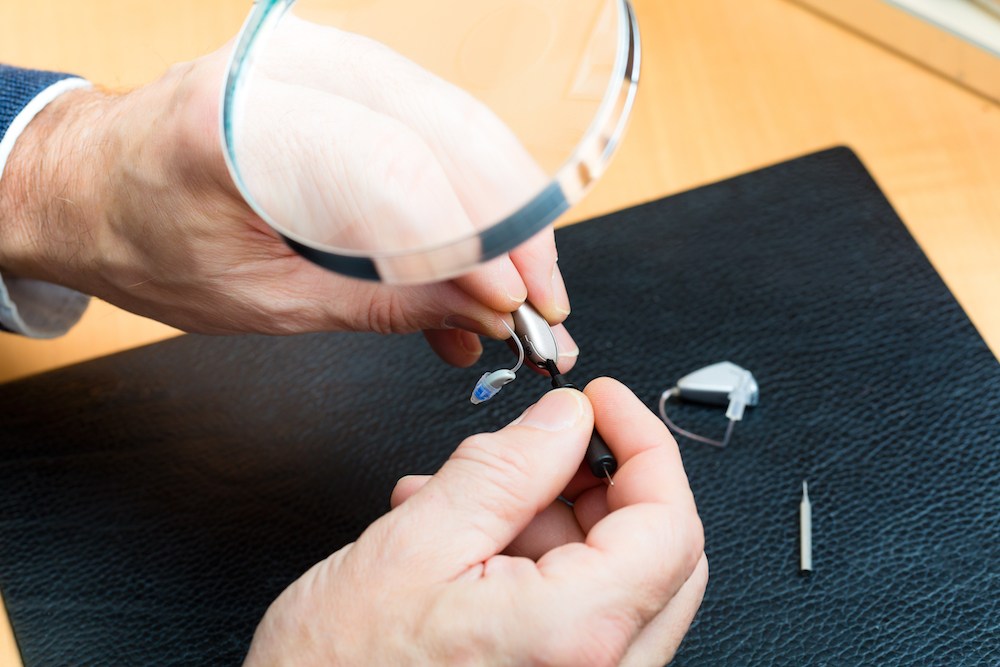Protecting Hearing Aids from Winter Moisture
Your hearing aids are more than just devices – they’re your
Walk In Cleaning Clinic: Come in on Mondays, Wednesdays, Thursdays, or Fridays anytime between 1 – 2pm for our walk in cleaning clinic!

If you’ve recently been to see your hearing instrument specialist (HIS), then you may have discovered that your hearing loss could be treated by using a hearing aid. Depending on the severity of your hearing loss, there are multiple options available that not only help you hear clearly, but can suit your preferences and lifestyle.
If you’re having trouble selecting the right hearing aid, or you’re not sure where to start, take a look at these tips for selecting a hearing aid.
Often, people choose their type of hearing aid to suit their lifestyle. For example, if you regularly enjoy listening to music, going to the theatre, singing or even something like swimming, then the kind of hearing aid you might choose will be entirely different to those with different interests and hobbies.
Remember to mention this to your HIS at your appointment, as they will be able to preserve what natural hearing you have left and advise you when it comes to selecting a hearing aid.
There are several styles of hearing aid available to you – depending on your hearing loss. Your hearing instrument specialist will work closely with you, evaluating the severity of your condition, as well as your personal preferences, to find a suitable device. The most common options include:
Some hearing aids come with accessories such as external microphones and induction kits to fit around your home. Do you need accessories to make the most of your hearing aids? For example, students with hearing loss will often carry an external microphone to give to their professor so that no matter where they’re sat in the classroom, they’re not missing out on beneficial education.
Induction loop kits will allow you to set up microphones around your home so you can hear things like the doorbell or even your TV. Think about whether you would benefit from hearing aid accessories, as this could affect your final decision.
There are some hearing aids that are discreet, yet may feel more intrusive, yet others, such as the BTE are more visible to other people, but much more powerful and rarely need any accessories. If you feel self-conscious about having to wear hearing aids, a smaller, more discreet option such as the CIC or the IIC hearing aids may be a better option for you.
Think about where you’ll need to use your hearing aids the most – will it be at work or do you need them to drown out the noise of a loud crowd so you can hear people next to you? If looks and feel don’t bother you, your HIS will be able to advise which hearing aid is best for your hearing loss.
For more information or advice on selecting a hearing aid, call Better Hearing of Madison County at (315) 693-3637.

Your hearing aids are more than just devices – they’re your

Understanding the world of hearing can seem complex. However, having a

If you’re an active person who wears hearing aids, you might be